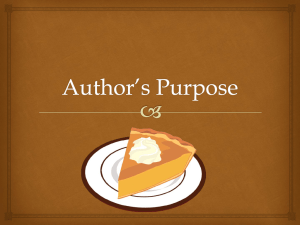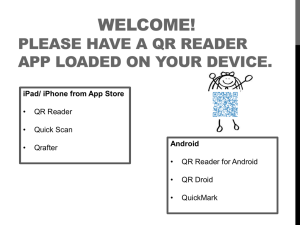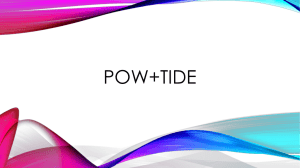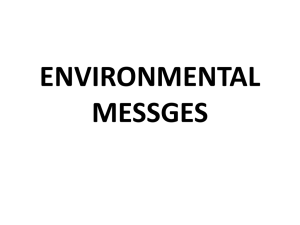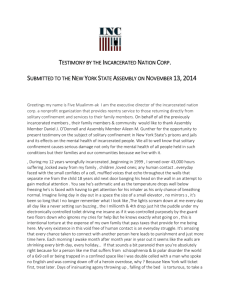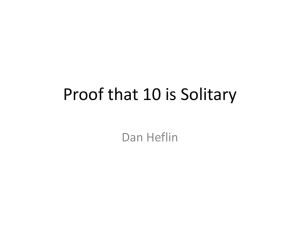Close Reading - DisciplinaryReading
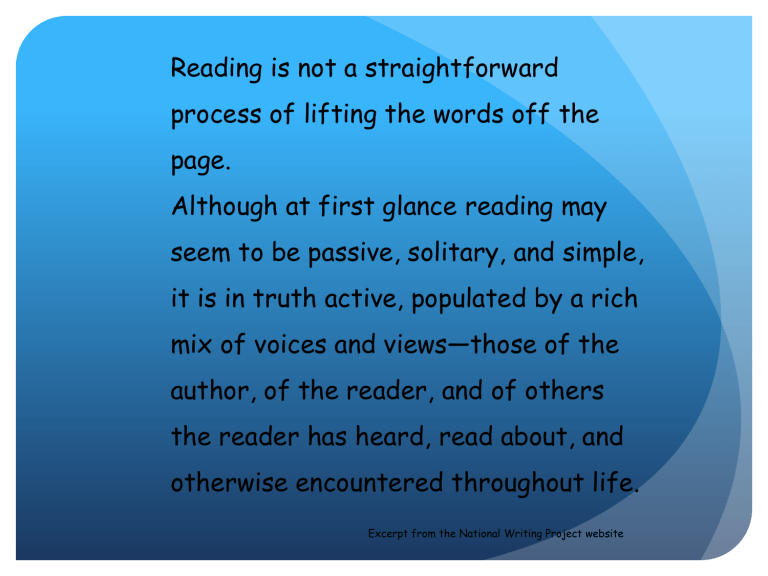
Reading is not a straightforward process of lifting the words off the page.
Although at first glance reading may seem to be passive, solitary, and simple, it is in truth active, populated by a rich mix of voices and views—those of the author, of the reader, and of others the reader has heard, read about, and otherwise encountered throughout life.
Excerpt from the National Writing Project website
Reading is not a straightforward process of lifting the words off the page.
Although at first glance reading may seem to be passive, solitary, and simple, it is in truth active, populated by a rich mix of voices and views—those of the author, of the reader, and of others the reader has heard, read about, and otherwise encountered throughout life.
Excerpt from the National Writing Project website
Why would these words be associated with reading?
Paraphrase the main idea behind this sentence segment.
Reading is not a straightforward process of lifting the words off the page.
Although at first glance reading may seem to be passive, solitary, and simple, it is in truth active, populated by a rich mix of voices and views—those of the author, of the reader, and of others the reader has heard, read about, and otherwise encountered throughout life.
What does the author mean by
“lifting the words?”
What does the word
“rich” mean in this context?
What is the difference between a
“voice” and a
“view?”
Excerpt from the National Writing Project website
Previous perceptions or misconceptions about reading:
What Close reading looks like:
A close reading is a 2nd or 3rd reading of the text. It is an intensive analysis of a text in order to come to terms with what it says, how it says it, and what it means. It is the process one goes through to make meaning of the text and understand a big idea or answer an essential question.
Sections of this template use strategies & terms from the Lapp, Johnson Text Complexity Rubric
Re-reading the text, by itself, will not result in this “intensive analysis.”
Strategies to Support
Close Reading
Strategies to Support
Close Reading
Thinking Notes
Also known as Coding the Text or Reading with a Pencil
What Thinking Questions looks like in the classroom:
Putting it into Practice
Coding the Text with
Thinking Questions
?
Need clarification, I’m unsure what this means
!
This is new or surprising
P
Important or Key idea
This connects to something else
I know or have read
Putting it into Practice
Annotation: short written notes that document metacognition
Written interaction with the text capturing the reader’s thinking, including:
- specific questions
- important information
- outside connections
- INTERPRETATIONS/
INFERENCES
More strategies to help students interact with the text:
- Question Cards
Ways to Assess Close Reading:
Group Discussion
Annotated Notes
Comprehension Checks, such as the chart
Text Dependent Questions



